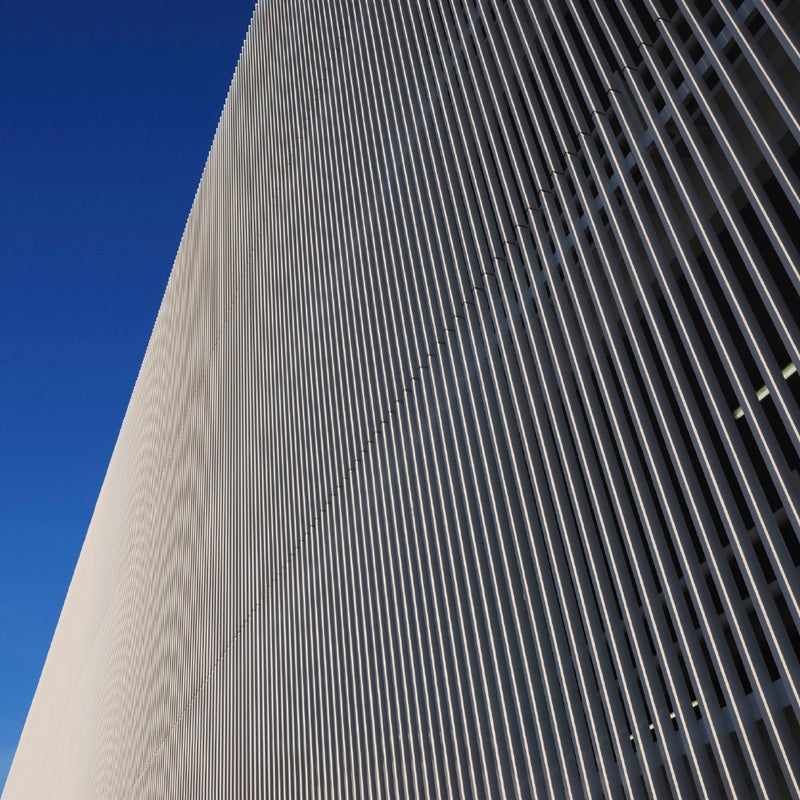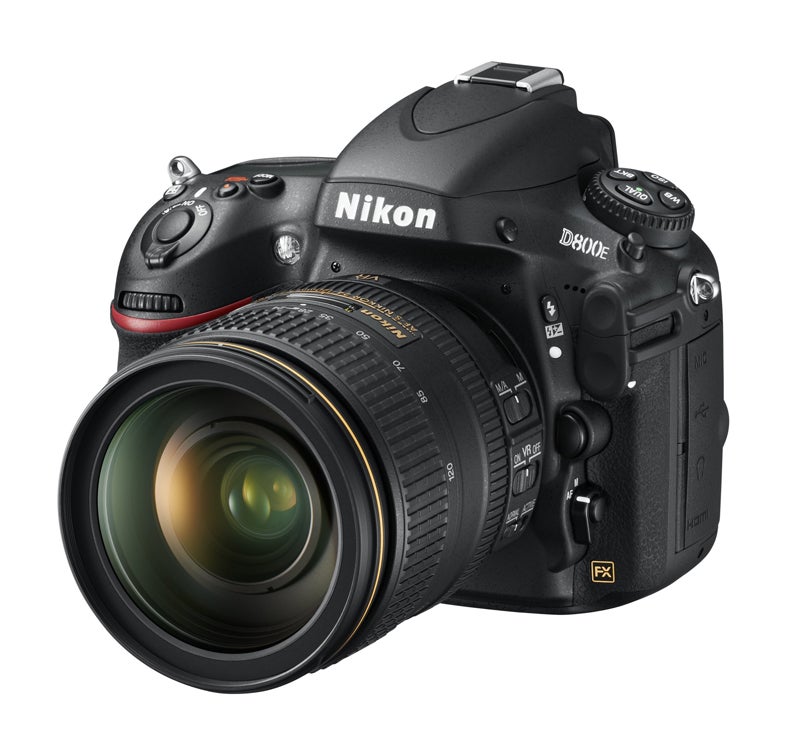Nikon D800E Review
Nikon D800E Review
The D800E promises even sharper images than the Nikon D800, but with a couple of compromises. Do the benefits outweigh the negatives?

Verdict
Pros
- Just like the D800, but with even more detail at wider apertures
Cons
- Costs more than the D800, while moiré could be an issue on some images
Key Specifications
- Review Price: £2899
You can also the Nikon D800 review, with which the D800E shares a virtually identical specification.
Nikon D800E review
The Nikon D800 has to be one of the best DSLRs we’ve seen here at What Digital Camera, thanks to its great blend of handling, build-quality, performance and probably most of all, image quality.
With a resolution of 36.3MP, it’s the highest pixel count yet we’ve seen from a DSLR, and with that kind of resolving power, naturally finds itself compared to much pricier medium format cameras.
What gives medium format cameras the edge though is the absence of an optical low-pass filter in front of the sensor. Optical low-pass filters (often referred to as an anti-aliasing or AA filter) feature on pretty much every DSLR with the odd exception, and are necessary to eliminate moiré patterning from your shots.
The elimination of moiré does come at a small price however, as the AA filter works by blurring the image ever so slightly to avoid this phenomenon, which results in a very slight loss in critical sharpness. This is not really an issue for general photography as the image can be sharpened, either in-camera if you’re shooting JPEGs, or in an image-editing program such as Photoshop.
AA filters don’t just remove moiré either, but also double as a protective layer in front of the sensor, preventing dust and dirt from reaching the sensor. In most cases with DSLRs, the anti-dust system shakes dust from the AA filter.
So in an effort to tempt medium format users away from their kit and those who are looking for the ultimate in sharpness from a DSLR, we have the D800E. The D800E is identical in everything single way to the Nikon D800, though the optical low pass filter has had its anti-aliasing properties removed. So while the Nikon D800E will be more susceptible to moiré, photographers should benefit from a slight increase in resolution and sharpness when shooting with the Nikon D800E over the standard D800.
Which one’s the right camera for you? Nikon D800 or Nikon D800E? We put the two cameras head-to-head to find out…

What is Moiré?
Nikon D800E review – What is Moiré?
While moiré patterns weren’t a problem with film thanks to the randomly distributed film grain, this phenomenon is brought about in digital photography due to the uniform layout of your camera’s sensor, and occurs when shooting a fine pattern, such as textiles, architecture and other man-made, repeat pattern objects. Because these two uniform patterns overlap, they generate a third – moiré.

Image Quality
Nikon D800E review – Image Quality
To really see how the D800E faired, we tested it side-by-side alongside a standard D800, with a selection of high-quality Nikon lenses teamed with it.
We shot a variety of portraits with both cameras, with a mix of available light and flash. Shooting at relatively wide apertures (f/2.8-4) on location to isolate our subject and to achieve a pleasing defocused background, the D800E delivered the ever so slightly sharper images of the two, though the D800 images in isolation still look mightily impressive.

With our studio shots, it was less apparent. With both cameras mounted on a tripod and with an exposure of f/16 at 1/125sec, there was hardly anything to separate them, with both cameras delivering virtually identical results.
It was a similar story with our highly detailed cityscape shot. Shots from the D800E displayed a greater level of detail and sharpness over the D800 at wider apertures, before becoming indistinguishable once stopped down about f/11.
Interestingly, we didn’t experience any moiré in our shots with the D800E – this is not to say that it isn’t susceptible to it, just that it can be a relatively rare issue unless you’re shooting finely textured fabric for a living.

D800 or D800E
Nikon D800E review – D800 or D800E?
As our test shots have shown, there’s no question that the D800E is capable of delivering the marginally sharper results out of the two cameras thanks to the modified optical low-pass filter. That’s not to say everyone should opt for the D800E over the standard D800 however, as it really does depend on how and what you shot to determine whether you’ll see a benefit shooting with the D800E.
A tripod is recommended for a start when shooting with the D800E to ensure no hint of camera shake counteracts any advantage gained, which just won’t be practical all the time for the way some people like to take pictures.
This won’t be an issue for landscape photographers, and at first glance, the D800E may appear to be the perfect landscape photographers camera as the risk of moiré in the natural world is minimal, while for most shots the camera will be firmly planted on a tripod. The fact that you’re likely to be shooting at f/11 or f/16 to achieve a large depth-of-field in your shot means that the D800E won’t provide any noticeably sharper shots at these apertures over the D800 as our test shots have shown. For photographers who tend to shoot at wider apertures though, such as portrait/lifestyle photographers for example, then they’ll see the benefit of shooting with the D800E over the standard D800.
There’s no doubt the D800E is a slightly specialist offering, but if you think you’ll be able to take full advantage of the potential of the D800E, then the extra investment is worth it. This is why it’s likely to appeal to existing medium format owners who already know and understand the pitfalls of moiré and how to get the best from a sensor without the effect of an optical low-pass filter. For the majority though, the D800 is still the one to go for.

Trusted Score
Score in detail
-
Value 9
-
Design 10
-
Features 10
-
Image Quality 10
-
Performance 9

